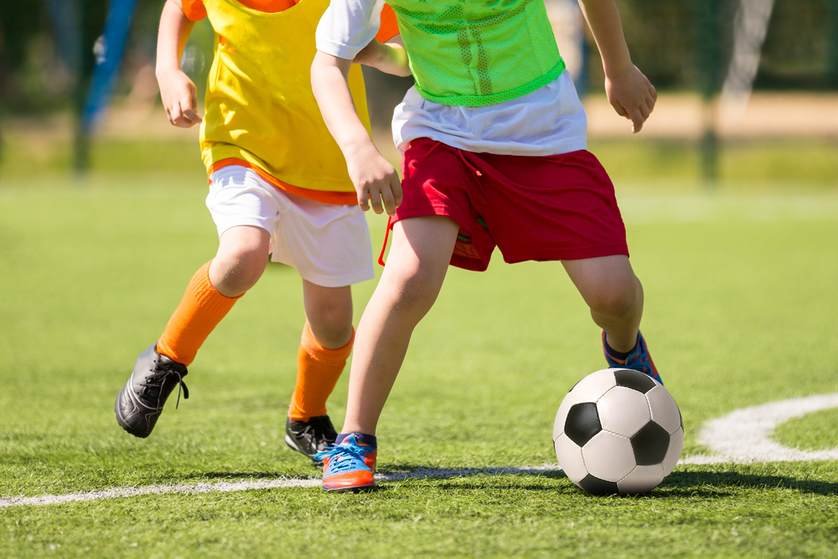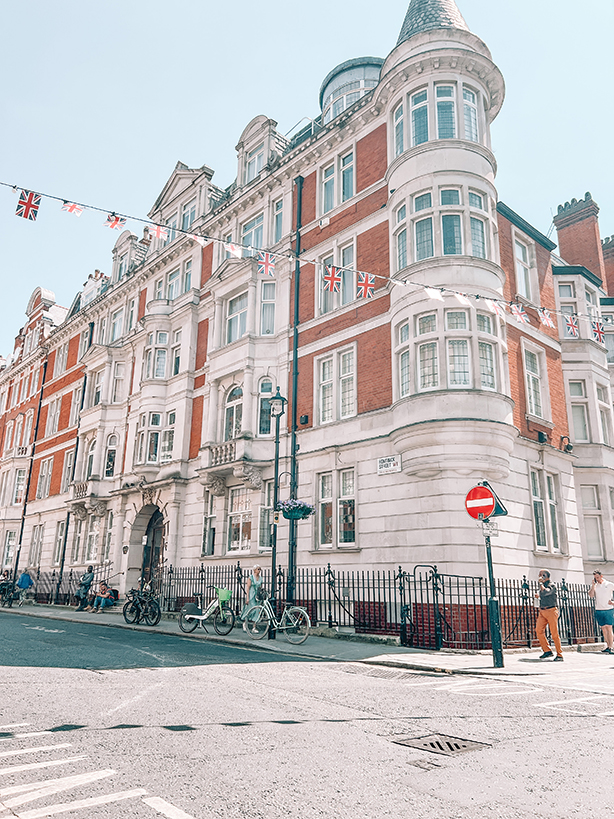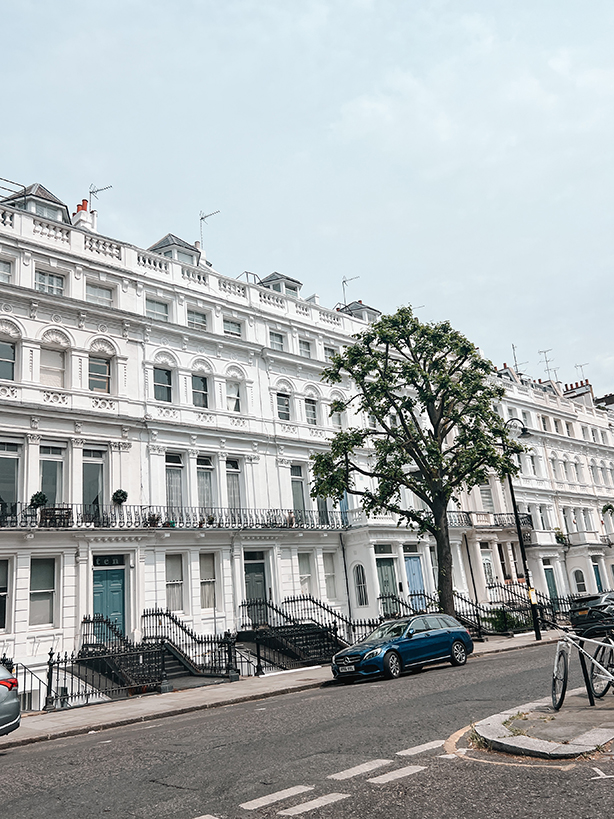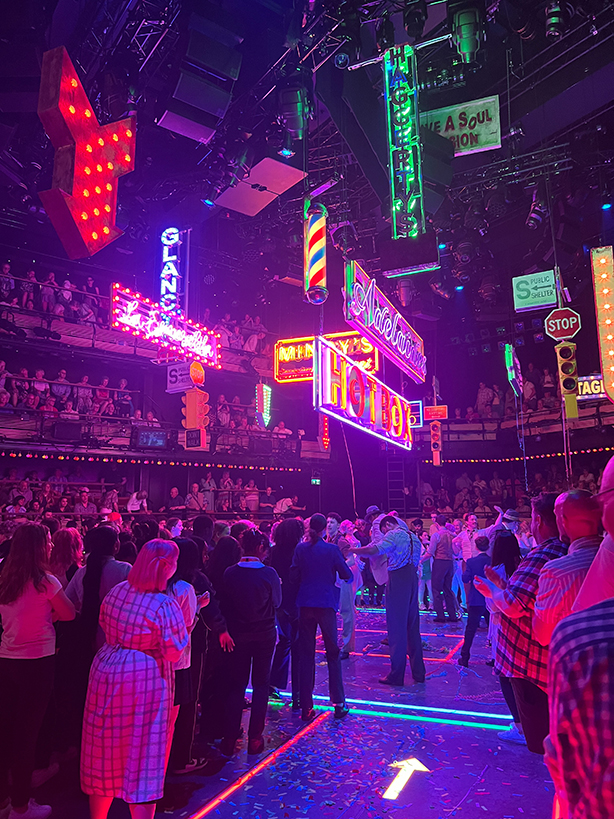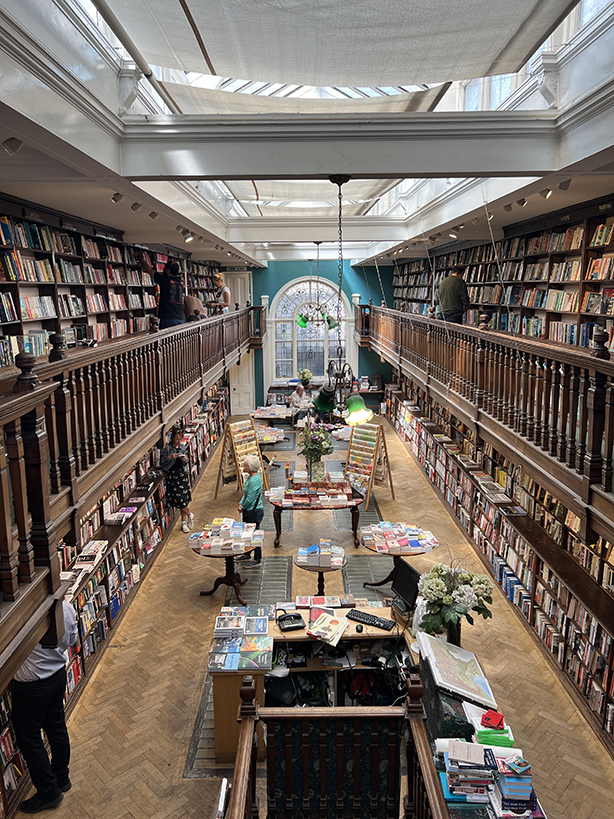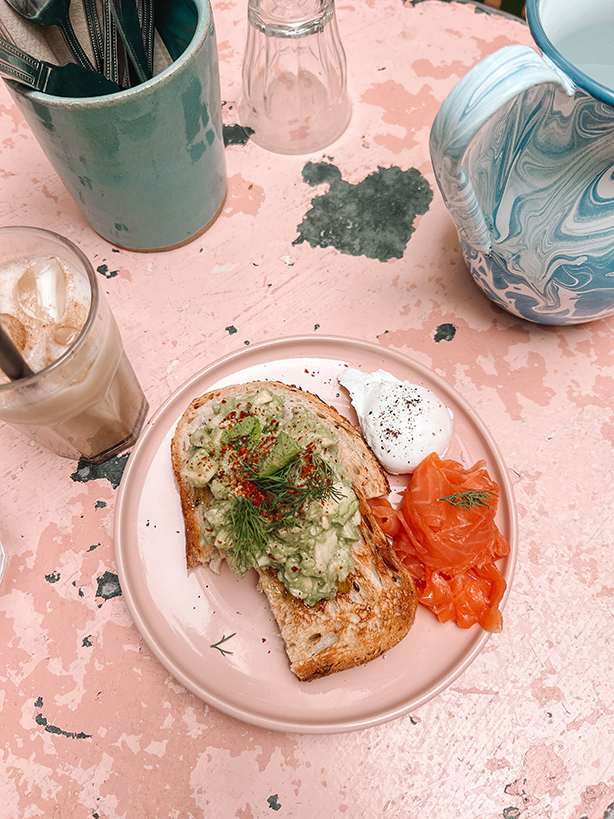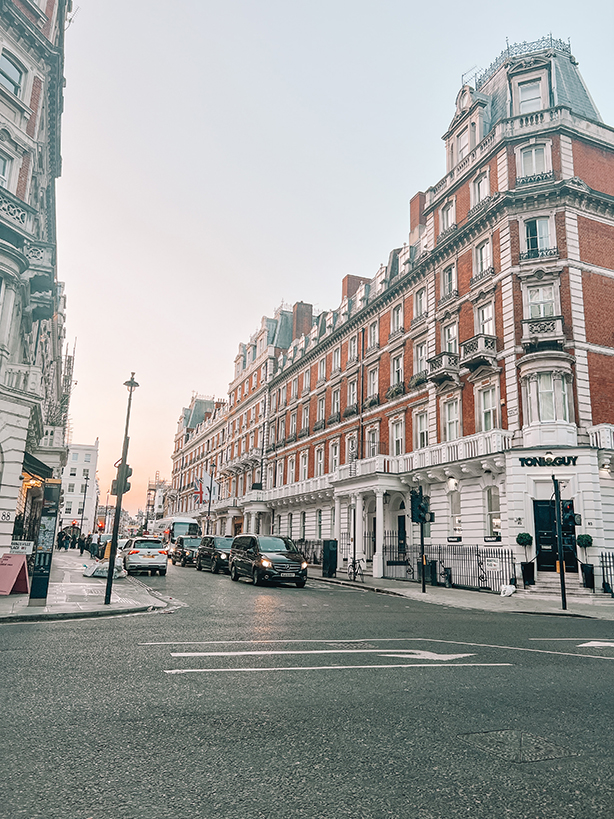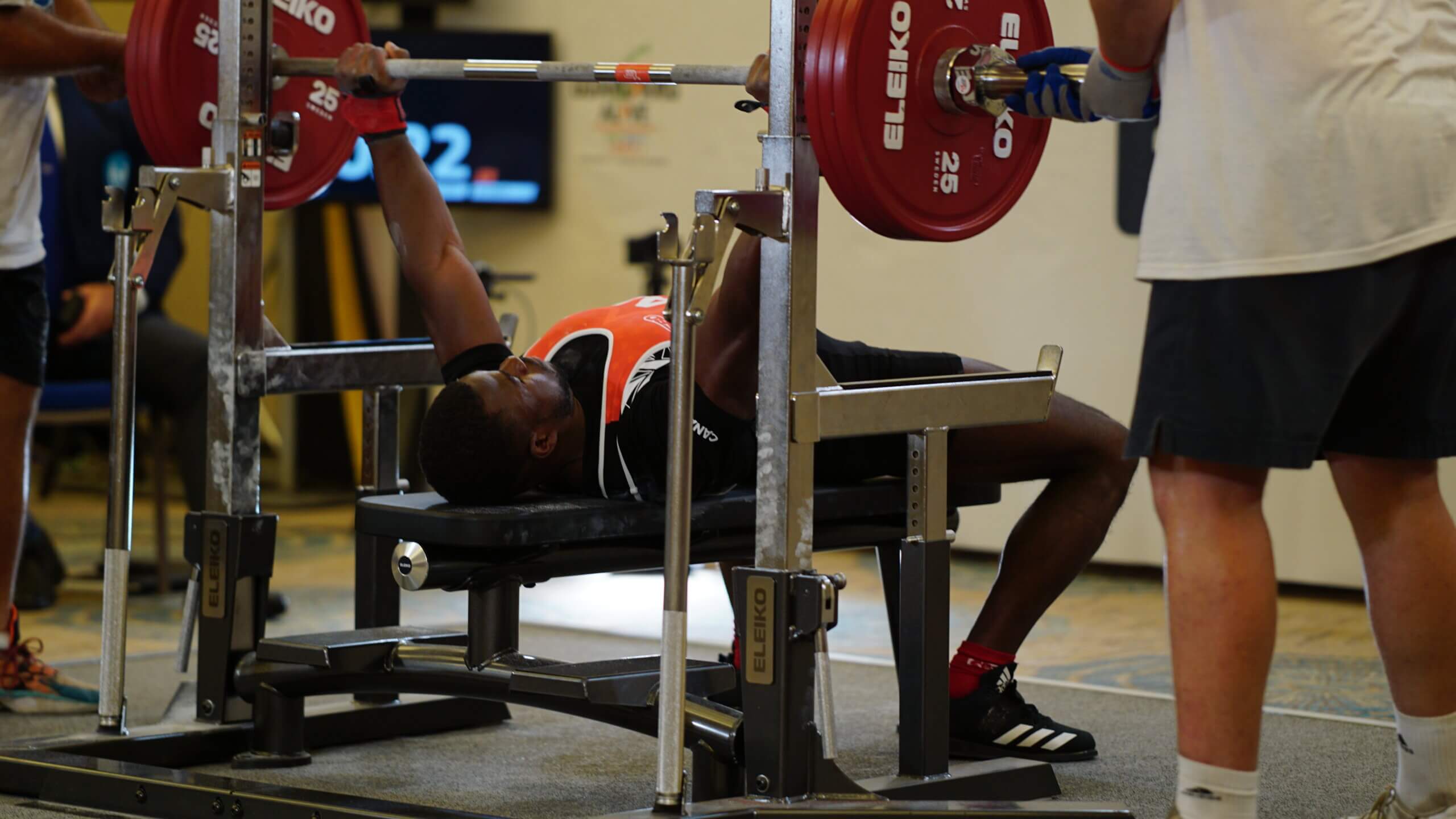
As fitness coaches, we often find ourselves pondering the question: “What are good health and fitness habits for children?” The realm of youth health can be daunting, as many recommendations primarily focus on enhancing youth athletic performance rather than cultivating the foundation for lifelong well-being. Here, we’ll explore how to guide our clients, especially parents, in establishing and maintaining a holistic, balanced lifestyle for their children. We’ll discuss essential principles that provide a roadmap for raising healthy kids.
Principle #1: Prioritize Quality Sleep
Sleep is a cornerstone of a child’s overall well-being, influencing their cognitive, emotional, and physical growth. It’s not just about getting rest; it’s about nurturing their development.
Recommendation: Ensure kids maintain a consistent sleep routine, allowing for early bedtime and the recommended amount of sleep for their age.
Quality sleep enhances attention, learning, and memory, paving the way for academic success and effective problem-solving. It also plays a significant role in energy balance, metabolic health, and hormonal regulation, reducing the risk of childhood obesity and metabolic imbalances. Moreover, quality sleep contributes to emotional resilience, better social interactions, and mood regulation, making it a pillar for healthy growth.
Physical growth and muscle development primarily occur during sleep due to the secretion of growth hormones, crucial for a child’s exploration and interaction with the world. Establishing a consistent sleep routine promotes better sleep quality and duration, nurturing lifelong healthy sleep habits.
Principle #2: Promote Play and Physical Activity
Integrating play and physical activity into a child’s daily life fosters a lasting love for movement. This appreciation for physical activity, developed from an early age, becomes a lifelong habit rather than a structured chore.
Recommendation: Encourage unstructured play daily and ensure structured physical activities are enjoyable and focused on improving movement.
Physical resilience, adaptability, and the ability to overcome challenges are developed through diverse and enjoyable physical activities. This resilience empowers children to lead active, fulfilling lives and serves as a defense against various health issues, ensuring lifelong mental and physical well-being.
Principle #3: Embrace a Balanced Approach to Nutrition
Nourishing children should center around whole foods, emphasizing that their nutritional needs are not merely scaled-down versions of adults but magnified due to their growth and development demands.
Recommendations:
-
Variety and Color: Incorporate a diverse range of colorful fruits and vegetables.
-
Early Introduction: Expose children to a variety of foods early to shape long-lasting food preferences.
-
Involvement and Choice: Involve children in food selection and preparation and offer choices between healthy options.
-
Positive Associations: Foster positive associations with nutritious foods by making them enjoyable and engaging, avoiding force-feeding.
A balanced approach to nutrition, minimizing processed and refined foods, nurtures children’s bodies and minds, instilling in them a profound understanding of the impact of nutrition on well-being. It shapes not only their dietary patterns but also their lifelong relationship with food, guiding them toward a future where their bodies and minds are harmoniously nourished by the foods they consume.
Influencers for a Healthier Generation
Our role as fitness coaches extends beyond training; we are influencers in nurturing a healthier, more informed generation. By empowering parents and educating the youth, we contribute significantly to shaping healthier, more balanced future generations. Children, like adults, deserve to be nurtured and educated about their health needs, especially during their ongoing growth and development. As fitness coaches, we have the power to influence and educate parents and children, helping them adopt balanced lifestyles and prioritize their well-being.
In this role, we become beneficial influencers, guiding the way toward healthier, more balanced future generations. Embracing these principles and acting as catalysts for healthier habits, we lay the foundation for healthier and happier kids who grow up to be healthier, happier adults.
